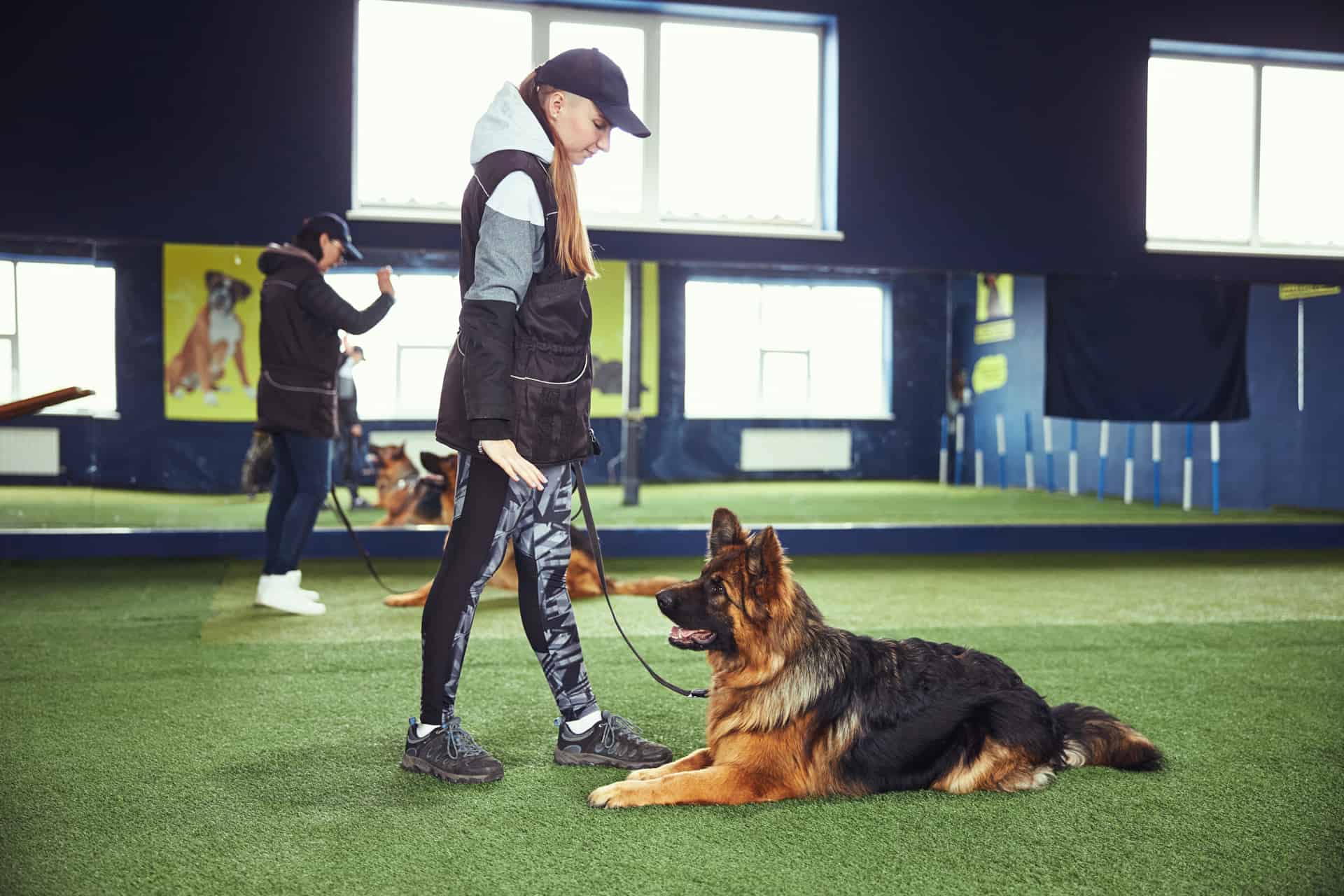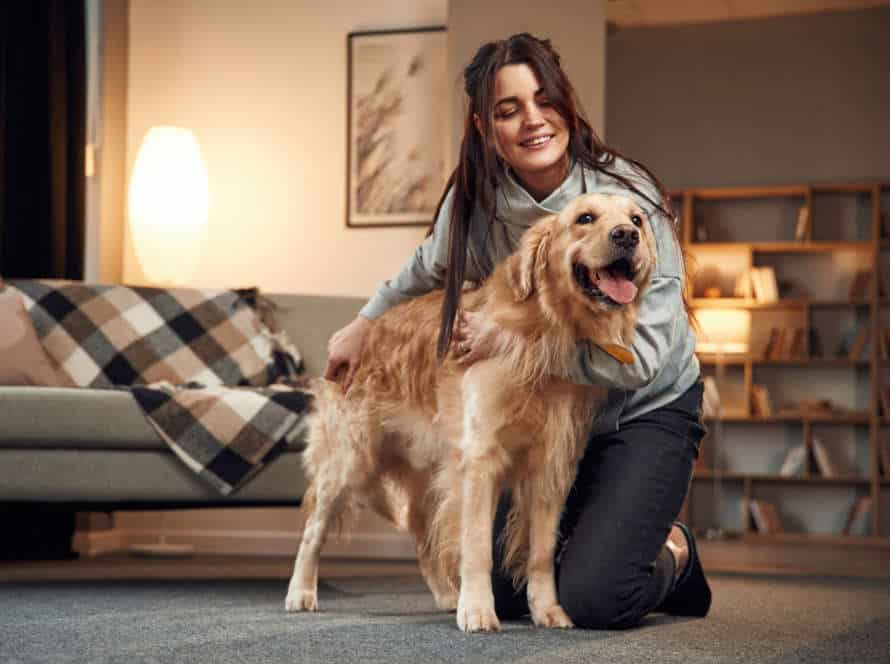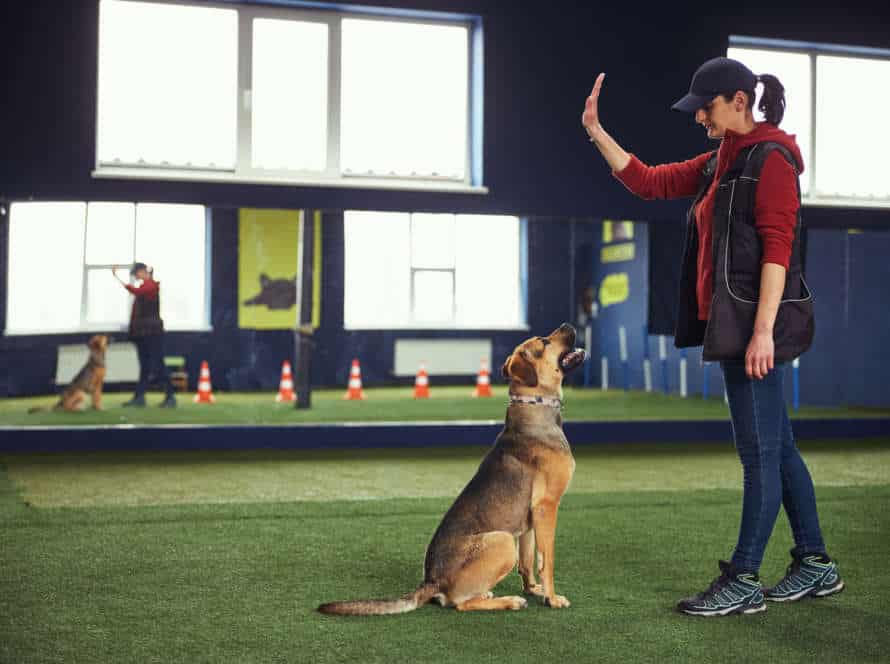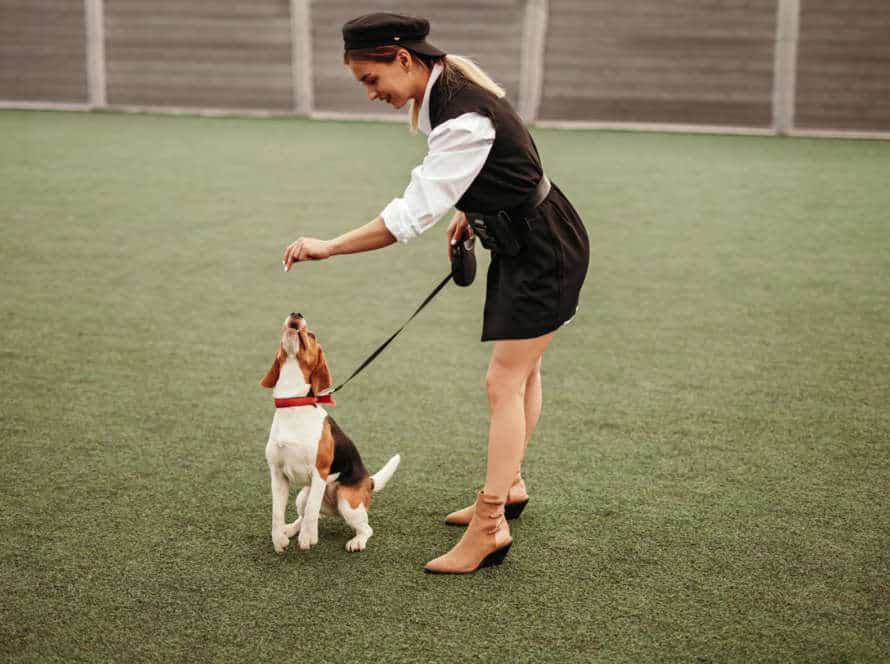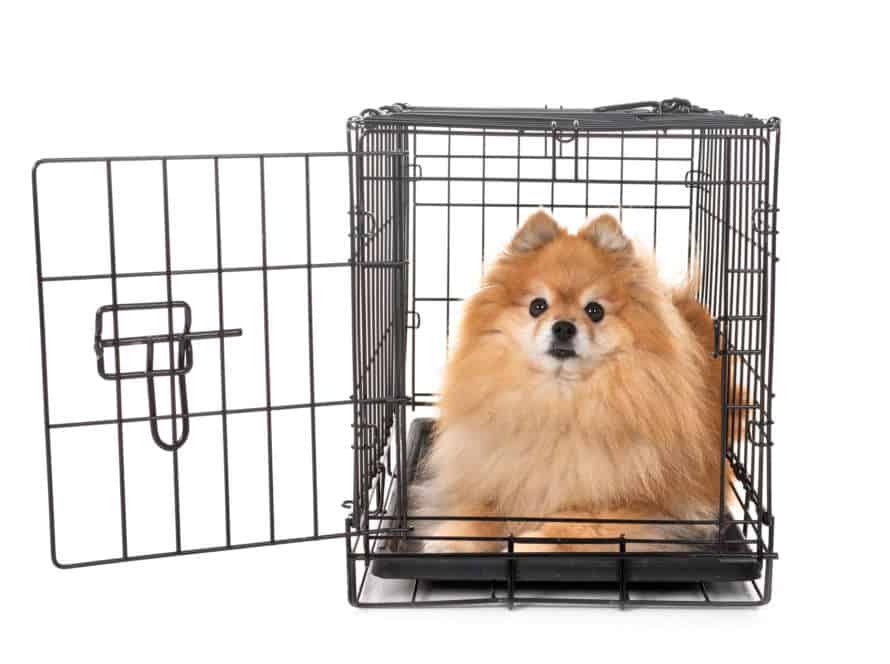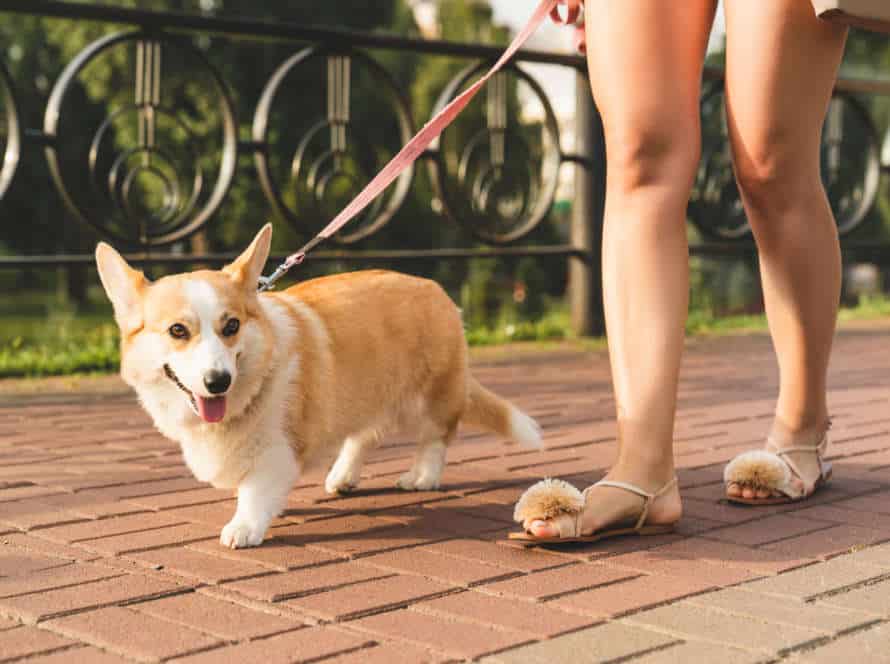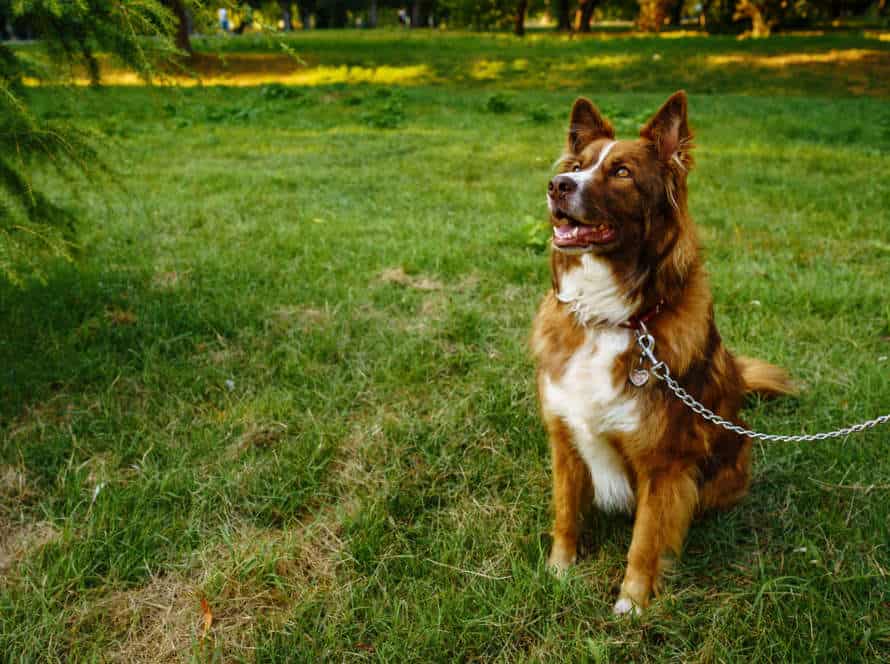Reinforcing the Down Command for Consistent Performance
Reinforcing the “down” command is a must for consistent performance in dogs. Positive reinforcement techniques like treats, praise, and patience are ideal. Some tips to reinforce the “down” command:
- Use a treat to lure your dog into the down position, saying “down” as you do.
- Stay calm and patient as it may take time for your pup to understand.
- Praise and reward with a treat once they’re in the down position.
- Repeat this exercise in different environments, making distractions gradually more challenging.
- Never punish your dog for not performing the “down” command. Positive reinforcement is key.
Pro Tip- Consistent training in a calm, positive, and distraction-free environment is key for better results.
Understanding the importance of reinforcing commands in dog training
Training a pup is not only about teaching them to obey commands. It is also about strengthening those directions and teaching your canine to be dependable. To accomplish consistent outcomes in a dog’s performance, reinforcing commands is essential. Let us consider how to reinforce commands to get reliable results in pup training.
The benefits of consistent command reinforcement
Reinforcing commands in dog training is a must, especially when teaching the “down” command. Here are the perks of reinforcement:
- Better communication with your pup.
- Positively linking actions to treats and praise.
- Enhanced understanding and obedience.
- Building confidence in your dog.
Therefore, consistently reinforcing the “down” command will help achieve better results with your pup.
Why the “down” command is important
Dog training has the “down” command as a key tool. It helps with obedience, discipline, and consistency. Teaching your pup this command can give them a useful skill all their life.
Here are 3 reasons why it’s so important:
- Control: You can keep your dog in one place or away from danger with the “down” command.
- Obedience: This command helps keep your dog focused and obedient, while boosting your bond too.
- Performance: Consistent use of the “down” command will make your dog better behaved and improve your relationship.
For best results, use positive reinforcement and make training fun. Pro tip: Always have treats for when your pup does well!
Common challenges in reinforcing the “down” command
Reinforcing the “down” command can be tricky. Dogs have diverse behaviors, learning speeds, and personalities. A challenge that arises when reinforcing the “down” command is inconsistency in training. Here are some tips to help:
- Be consistent. Use the same verbal and nonverbal cues every time you give the command.
- Reward! Treats, praise, and toys make great rewards for your dog’s good behavior.
- Avoid punishment. Punishing your dog for not responding to the “down” command damages trust and hampers learning.
- Frequent practice is essential. Consistent and regular practice is a must for reinforcing the “down” command.
- Be patient. Dogs learn at various paces, so don’t rush it.
By following these tips, you can reinforce the “down” command, enhance your dog’s obedience, and strengthen consistency in performance.
Pro Tip: Add hand signals to verbal cues to reinforce the “down” command and improve communication with your dog.
Methods for reinforcing the “down” command
To train a pup, consistent performance of the “down” command is key. This builds reliability and trust, necessary for obedience. Many methods reinforce this command, each with its own pros and cons. Let’s explore these methods and learn how to use them efficiently.
Using positive reinforcement techniques
Positive reinforcement is an effective way to train dogs. It helps them understand the “down” command. Here are a few methods to reinforce the command.
- Treats: Give your pup a tasty treat when they obey the command. Give lots of praise and petting too.
- Clicker training: Use a clicker to mark the right behavior, then give a treat.
- Verbal praise: Use positive phrases like “good job” or “well done” to boost confidence.
- Consistency: Always use the same command word. Reinforce it with treats, clicker or words.
Your dog will soon connect “down” with positive reinforcement. Pro tip- Be patient and stay positive and consistent to get the desired behavior.
Using negative reinforcement techniques
Negative reinforcement can be effective for teaching your dog the “down” command.
For example, withhold a reward until the desired behavior is done. Say “down” and if the dog doesn’t comply, deny it a treat. Over time, the dog will realize that performing the behavior gets a positive outcome.
You can also use a verbal cue or physical signal to communicate the desired behavior. If the dog does not comply, give a sharp, corrective sound or physical correction like a leash tug or a stern voice. This correction should be applied immediately after the undesired behavior and released when the correct response is given.
Remember that it’s important to be clear, concise and consistent when using negative reinforcement so the dog knows what is expected of them.
Combining reinforcement techniques for best results
Training your pup to “down” can be tough, but combining reinforcement techniques can help.
Positive Reinforcement: Reward your pup when they do the right thing. For the “down” command, use treats like chicken or turkey, pet them, praise them, or give them their favourite toy.
Negative Reinforcement: Stop the unpleasant stimulus when they obey. After they “down”, stop any further “sit” and “stay” commands until they’re properly down.
Combining these two techniques can make it easier to control your dog in public.
Pro Tip: Be patient, use concise commands, and end on a positive note.
Tips for successful “down” command reinforcement
Teaching a pup to stay put in the down position? It’s essential! It keeps them safe and builds the base for many other tricks and commands. Plus, the bond between you and your doggo grows stronger. Here are some tips for making sure they obey the down command correctly:
Consistency in training
Consistency is the main factor when it comes to teaching your pup commands – especially the “down” command. This will help your pup understand and obey your orders. Here’s how to reinforce the “down” command:
- Use treats, praise and playtime to reward your pup for obeying.
- Practice the command daily in a quiet and distraction-free place.
- Always use the same tone, body language and rewards, so your pup can learn and follow the routine.
- Step up the difficulty by introducing distractions or making your pup stay in the “down” position for longer.
To sum it up – consistency is essential when teaching your pup commands. Reinforcing the “down” command will ensure consistent performance from your pooch.
Starting with short intervals and gradually increasing duration
Reinforcing the “down” command? Start small! Start with short intervals, like 5-10 seconds. Gradually increase duration. Do it in a quiet environment. Reward your pet with treats or praise when they obey. Use a release command like “OK” or “Free”. Practice consistently to maintain their focus & obedience. Remember: practice is key to a strong “down” command!
Using appropriate rewards and consequences
Using rewards and consequences correctly is key for a successful reinforcement of the “down” command with dogs. Here are some tips:
- Say a clear, consistent command such as “down“ or “lie down“.
- Reward the dog with something positive like a treat, verbal praise or a toy when they follow the command.
- If the dog does not obey, use an appropriate consequence. This could be withholding the reward, giving a verbal correction or just ignoring the behavior.
- Be consistent with the rewards and consequences so the dog knows what is expected of them.
These tips will help you reinforce the “down” command and improve your dog’s obedience.
Troubleshooting “down” command issues
Nailing the “down” command is key for success in dog obedience shows. But it’s not easy! Handlers may be confused why their fur babies won’t obey. Let’s explore the most frequent problems with the “down” command and tips to solve them.
Assessing issues with the dog’s understanding of the command
Having trouble getting your dog to understand “down”? Here are some tips to help:
- Use clear, consistent verbal commands and hand signals.
- Respect the dog’s age, breed, and temperament.
- Don’t yell or punish.
- Break commands into smaller steps.
- Positively reinforce good behavior.
Be patient, consistent, and positive! Your pup will learn the “down” command in no time.
Identifying and addressing distractions
It’s usual to be sidetracked while training your pup on the “down” command. Spotting and dealing with these disturbances can help sort out the “down” command issues and boost your pup’s performance.
Here are some typical distractions and how to overcome them:
- Noise: Your pup may be distracted by noise. Select a quieter area and slowly increase the noise when your pup is comfortable and reacting correctly.
- Visual: Your pup can be diverted by visible things, such as other animals, objects, or people. Move farther away from the distractions and gradually decrease the distance as your pup becomes less responsive.
- Scent: Your pup’s great smelling ability can cause distraction during training. Try using smelly treats or food as a reward to keep their attention on you.
- Physical: Your pup can lose focus if uncomfortable in their surroundings. Make sure your pup is comfortable and use suitable cushioning or bedding if needed.
By noticing and dealing with distractions, you can reinforce the down command for consistent results from your pup. Pro Tip: Avoid punishment-based training and opt for reward-based training for a content, properly trained pup.
Addressing potential physical or medical issues
If your pup isn’t following the “down” command, there could be physical or medical issues. Consider these things:
- Physical Limitations – Your dog may have trouble obeying if they have a physical condition, like arthritis or an injury. Talk to your vet for help on modifying your training.
- Focus or Motivation – If your doggo is distracted or not interested, you should find ways to increase motivation or focus. Use treats or toys as rewards and train in a quiet, low-distraction environment.
- Reinforcement – Consistent reinforcement is key. Use positive reinforcement techniques and train your pup every day to reinforce their understanding of the command.
Beyond “down”: Additional command reinforcement techniques
Teach your dog to stay in the down position – a must-have command! But, if they are not following the command, you’ll need other tools. Here are some extra reinforcement techniques to make sure your pooch does the down command consistently. Check ’em out!
Reinforcing other basic commands
Reinforce the “down” command for consistent obedience. Here are more techniques to try:
- Duration: Increase the time your dog stays in the “down” position by gradually lengthening it, before releasing.
- Variations: Practice in different locations and environments.
- Distraction: Introduce toys, treats, or other pets while reinforcing.
- Positive reinforcement: Praise, treats, and other positive reinforcement.
- Consistency: Regularly and consistently reinforce the “down” command. Pro tip: Always use a release command, like “okay”, to let your dog stand up.
Introducing advanced commands
When training your pup, reinforcing the “down” command is essential. But, to keep your dog’s skills sharp and avoid boredom, try some advanced commands!
The “wait” command teaches your pup to pause before performing a command, enhancing impulse control and preventing disobedience.
“Stay” ensures your pup can stay in a particular position for a long time, and helps with impulse control and safety.
“Heel” teaches your pup to calmly walk alongside you, instead of pulling or getting distracted.
To reinforce the “down” command, practice in different places, with varying distractions. Reward successful behaviour with treats and praise. Avoid punishment-based training; it can hurt your pup’s mental and emotional health. For best results, practice consistently and always use positive reinforcement.
Continuing training for consistent performance over time
Training your pup beyond the “down” command is essential for long-term success. Here are some extra reinforcement ideas for the “down” command:
- Duration: Give them a treat after a few seconds in the down position. Gradually increase the time they must stay before getting the reward.
- Distance: Once close-distance “down” has been mastered, try from a distance. Move away and call them to lie down.
- Distraction: Test their ability to follow the command in different settings with varying amounts of distraction, like in the park or a busy street.
- Control: Strengthen control over the “down” by teaching them to go from sitting to lying down without standing first.
Practice these techniques regularly with your pup to guarantee reliable and consistent performance of the “down” command over time.
Frequently Asked Questions
1. Why is reinforcing the down command important for consistent performance?
Consistent performance is vital for effective communication with your dog. Reinforcing the down command ensures that your dog understands what you want them to do and performs it consistently on your command.
2. How can I reinforce the down command?
You can reinforce the down command by using positive reinforcement such as treats when your dog goes down on command. Consistent repetition and practice can also help reinforce the command.
3. What should I do if my dog doesn’t respond to the down command?
If your dog doesn’t respond to the down command, you should go back to the basics and start from the beginning. Practice the command without distractions and gradually work your way up. You may also need to modify your training techniques to suit your dog’s learning style.
4. Can I use negative reinforcement to reinforce the down command?
No, negative reinforcement such as punishment or physical force should never be used to reinforce any command. Positive reinforcement, such as treats or praise, is the recommended method for reinforcing the down command.
5. How often should I reinforce the down command?
Reinforcement should be consistent in every training session until your dog can perform the command on a consistent basis. After that, reinforcement can be gradually decreased until your dog can perform the command reliably without treats or rewards.
6. Can reinforcement be used for other commands as well?
Yes, reinforcement can be used for any command that you want to reinforce. Positive reinforcement is a valuable training tool for reinforcing any desired behavior in your dog.

